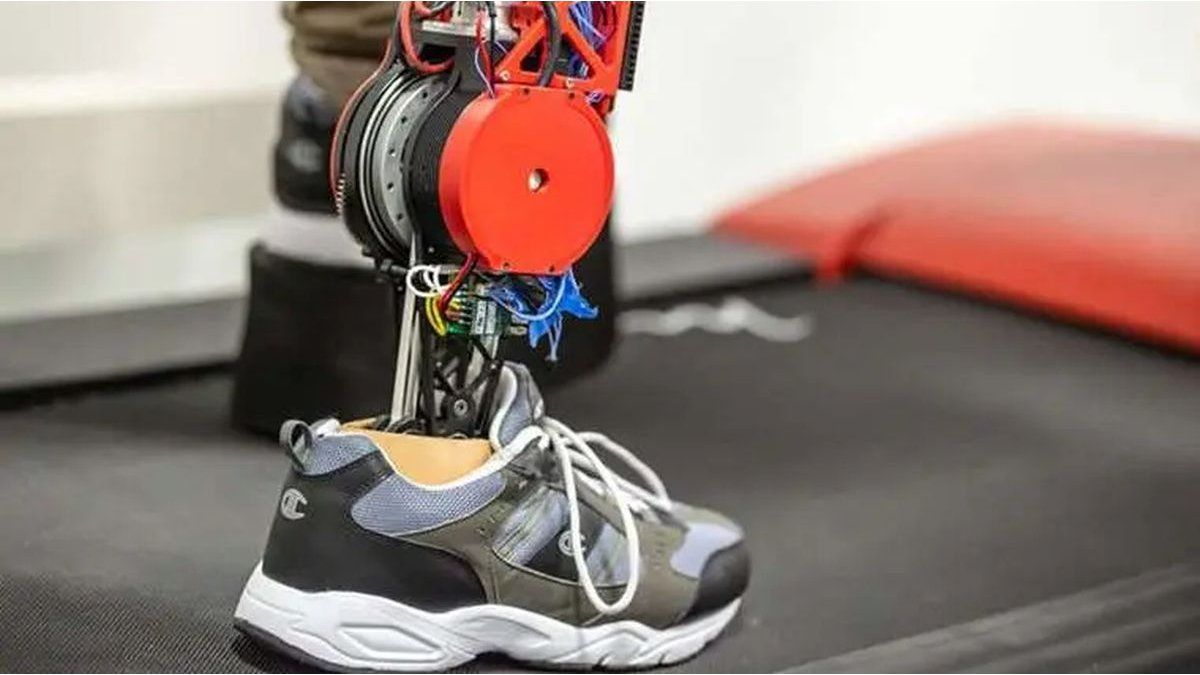It has the ability to jump 13 centimeters. Its mass production could accelerate future advances in creating humanoid robots.
The leg presented in the study is capable of jumping 13 centimeters, that is, 40% of its height.
Courtesy of El Deber
A team led by Swiss researchers announced on Monday that created the first robotic leg with “artificial muscles” made from oil-filled bagsthat allow you to jump on different surfaces.
The content you want to access is exclusive for subscribers.
The study, published by the journal Nature Communications, includes a video showing the tiny robotic leg hopping across grass, sand and rocks. The researchers They hope their technique will be used to create humanoid robots capable of performing “boring household chores”Robert Katzschmann, co-author of the study, told AFP.


What is its structure?
The team was inspired by the 600 muscles used in the human body to create a robot that is capable of walking and jumping fluidly. To do this, he used “artificial muscles”, which are also known as electrohydraulic actuators. These muscles resemble small freezer bagsattached to the metal bones of the robotic leg.
artificial intelligence robot employment

Its mass production could accelerate future advances in creating humanoid robots.
freepik.es
These oil-filled structures, equipped with electrodes, contract and relax, imitating the movement of a muscle.
Future domestic robots
Humanoid robots are typically built with rigid metal motors and joints. similar to those used in industrial assembly lines, explained Katzschmann, a professor of robotics at the Federal Institute of Technology in Zurich. But these industrial robots They are too heavy, and therefore dangerous, and too expensive. for home use.
A domestic robot should be able to not only carry loads, but “also to give a hug or shake hands”. The artificial muscle technique has the advantage of consume less energy than a traditional engine when the robot’s knee is bent, the study indicates. Also allows the leg to be used on difficult terrain with greater agility, according to the researchers.
The leg presented in the study is able to jump 13 centimeters, that is, 40% of its height. But for now can only perform this feat in a circlesince it is connected to an axis around which it rotates. It is not yet possible to create a humanoid robot powered entirely by artificial muscles.
But Katzschmann believes that mass production of artificial muscles, facilitated by the low cost of their components, could accelerate future progress.
Source: Ambito
I am Pierce Boyd, a driven and ambitious professional working in the news industry. I have been writing for 24 Hours Worlds for over five years, specializing in sports section coverage. During my tenure at the publication, I have built an impressive portfolio of articles that has earned me a reputation as an experienced journalist and content creator.




